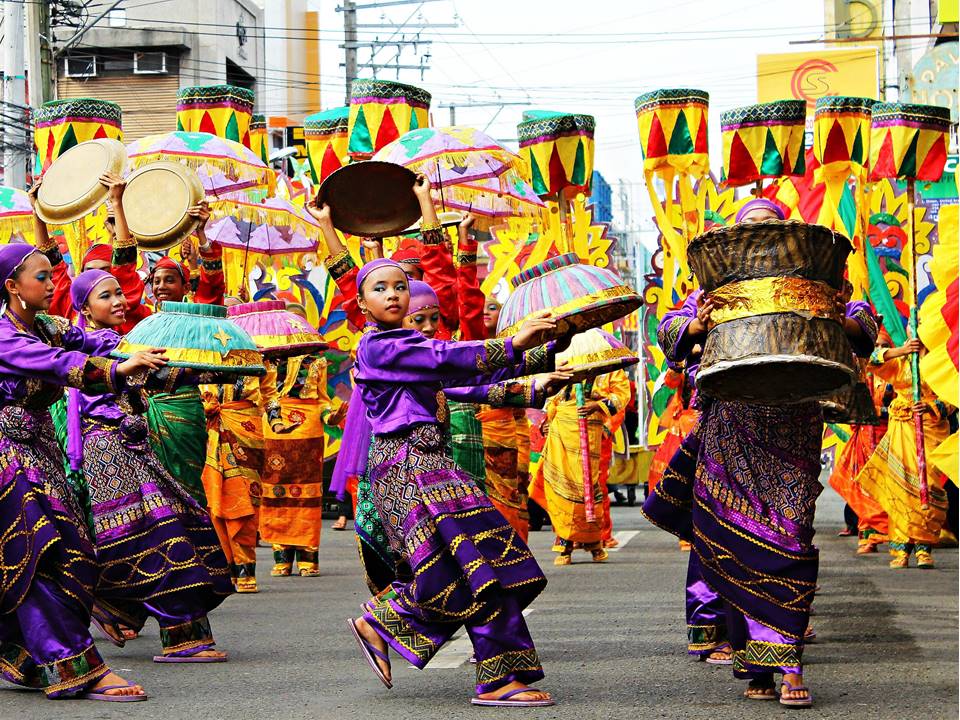
The Kadayawan Festival, an annual celebration of the abundant harvest of fruits and flowers, takes place in Davao City. It expresses gratitude to the natural gods via dance, song, and ritual while promoting the various and rich cultural legacy of the ethnic groups you can see in Davao City.
Harvest festivals have roots in ancient times when men and women would party after a day’s worth of harvesting. These celebrations evolved through time into an annual custom to celebrate the gods and an auspicious time to mark the beginning of a new season.
In the 1970s, then-Mayor Elias B. Lopez supported the customs of each tribe’s thanksgiving celebration. To bring the people of Davao together during the tumultuous Martial Law era, the City Government of Davao launched the “Unlad Proyekto Davao” project in 1986. The festival’s name is taken from the term “madayaw,” which means valuable, and was changed to “Kadayawan sa Dabaw” by then-mayor Rodrigo Duterte in 1988.
Overview of Activities in Davao City Kadayawan Festival
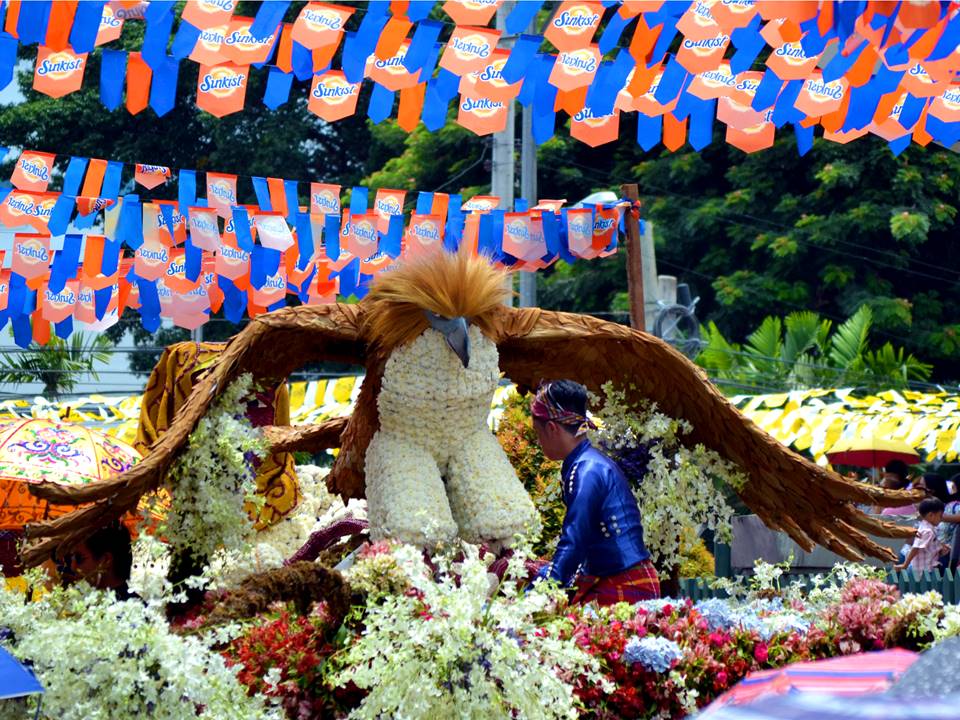
Davao City Kadayawan Festival is one of the biggest festivals in Davao, with thousands of people attending each year and thousands more involved in the preparations. The festival celebrates Davao City’s culture and heritage, featuring art performances, street parties, musical concerts, and much more.
The Kadayawan festival is a month-long celebration held every year in Davao City. It is celebrated from August to September and is considered the longest and most colorful cultural festival in Mindanao.
The festival is held every August 16 to 26 in Davao City. It features a variety of activities, such as street dancing, musical performances, art exhibits, and fireworks displays at night. The Kadayawan Festival was first held in 1968 to commemorate Davao’s conversion into a chartered city under Republic Act No. 4867 on August 16, 1967.
Significance of the Festival in Davao’s Culture and Tourism
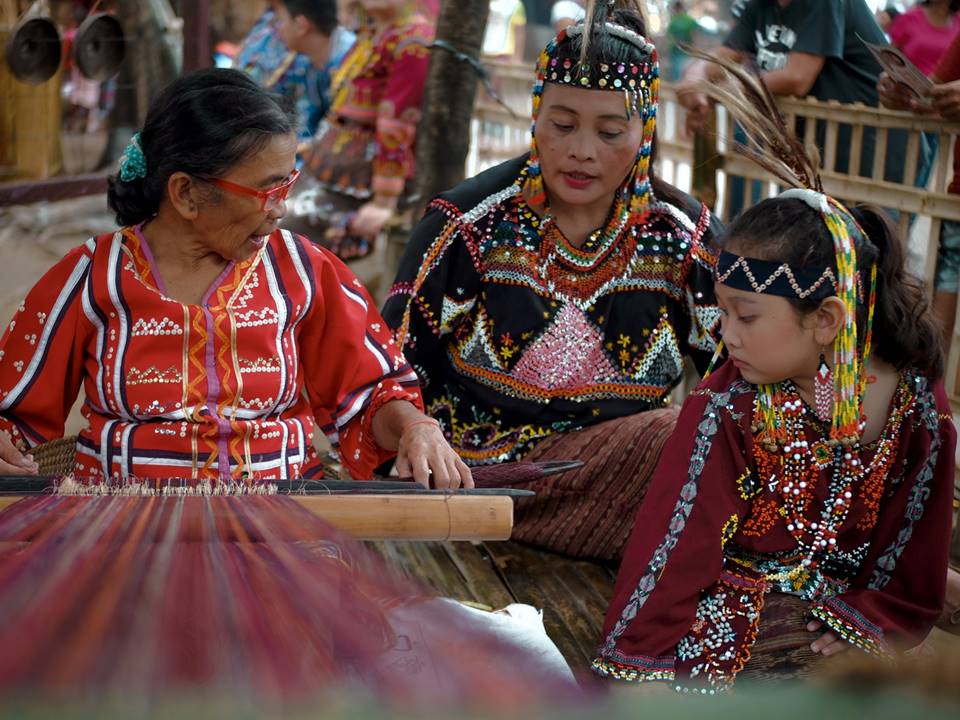
The Kadayawan Festival celebrates Davao’s rich cultural heritage and the community’s dedication to preserving this heritage for future generations. Furthermore, as it honors the indigenous people who have lived in Davao since the beginning of time, it is also a celebration of life. The Kagan-dadian People’s Network (KPN) and the city administration of Davao together developed the Kadayawan Festival to highlight and honor the uniqueness of this culture.
Kadayawan is a celebration of life, showcasing the rich culture and traditions of Davaoenos. The Kadayawan Festival in Davao is also known as Kadayawan sa Dabaw or simply Kadayawan.
The Kadayawan festival yearly celebrates Davao City’s ethnic and cultural diversity. Held in August, the festival features a series of cultural presentations and performances by the indigenous tribes that live in the Davao region. The Kadayawan Festival also highlights Davao’s rich history, culture, and traditions through various activities.
The Kadayawan Festival is a yearly event in Davao City, Philippines. It is a celebration of life and culture and includes parades and contests of street dancing. The festival also features different performances by local artists, as well as exhibits of various artworks created by local artists.
Highlights of Davao City Kadayawan Festival
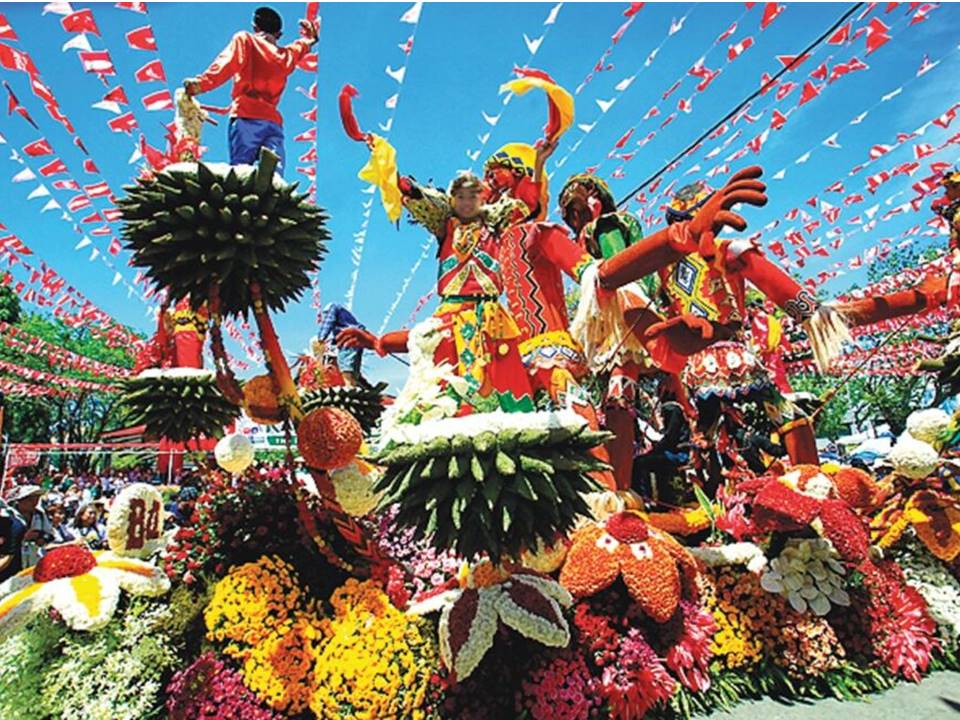
The Kadayawan Festival is important in the Philippines, celebrating Davao’s indigenous culture and history. The celebration takes place over three days, with different activities each day. Highlights include various sporting events, traditional dances, and an annual beauty pageant.
Street Dancing Competition. A staple of the Kadayawan Festival, street dancing competitions occur throughout the City. Competitors perform their dances in traditional costumes, as well as modern ones. The best dancers are awarded prizes and recognition during a Sunday grand finale at Davao City’s People’s Park. One of the highlights of Kadayawan is the street dance competition. The competition begins at about 10 p.m., takes place in Davao’s streets, and serves as the festival’s opening act. It starts on August 31 and lasts until the early hours of September 1.
Floral Floats and Decors from Indigenous Materials
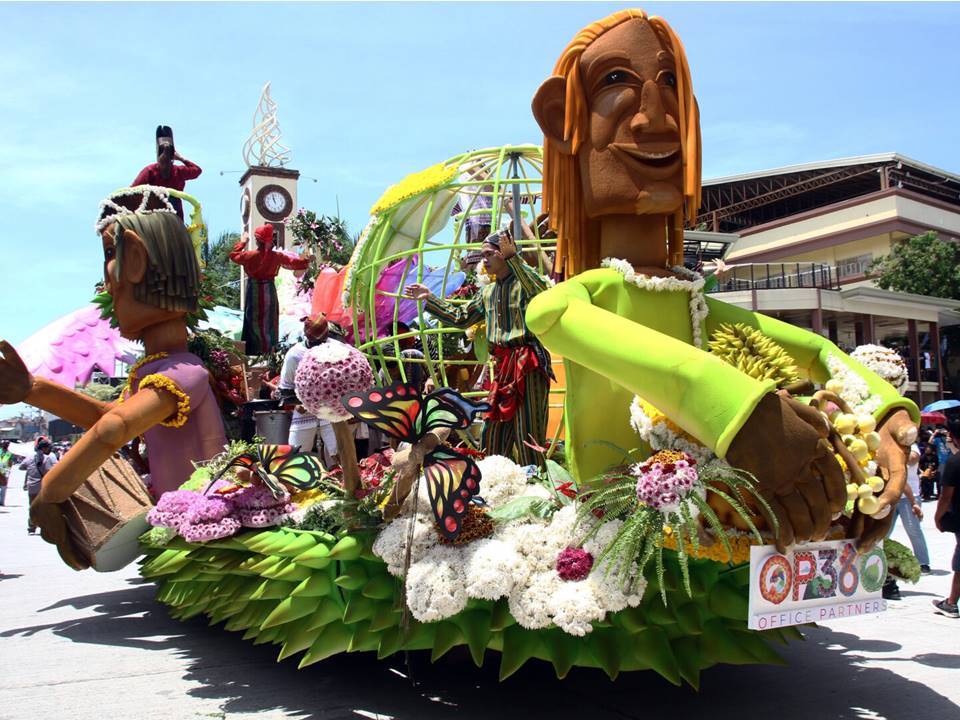
Floral floats are constructed by various groups and organizations in Davao City, with each float representing a theme from Philippine history and culture. The floats contain flowers, fruits, vegetables, and other organic materials.
Decorations include:
- Paper mache sculptures of animals, people, and mythical creatures.
- Banners made of colorful fabric.
- Streamers strung across streets.
- Traditional Filipino costumes by participants.
Davao City’s main streets are full of colorful floral floats and decor for two days. The floats are pulled by tractors or hand-drawn carts and decorated with flowers and leaves from different parts of the country. Their designs represent other regions and cultures throughout the Philippines.
Food fairs featuring local cuisines
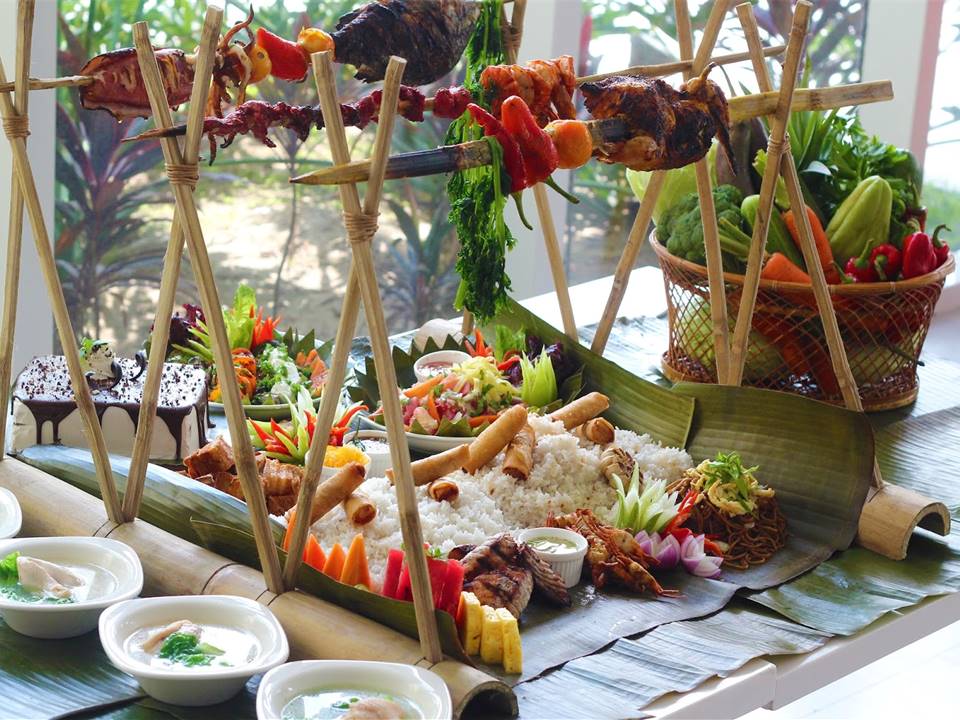
Food fairs are set up along the streets and in public plazas. Visitors enjoy the different kinds of food while listening to live bands performing Filipino folk songs. In addition, traditional Filipino dishes such as chicharon (fried pork skin) and the famous crispy pata (deep-fried deboned pork leg) are available at stalls along the parade route. At night, colorful floats light up with hundreds of electric bulbs as they move along the main streets in the City’s downtown area.
Best Time to Visit Davao and Accommodation Options
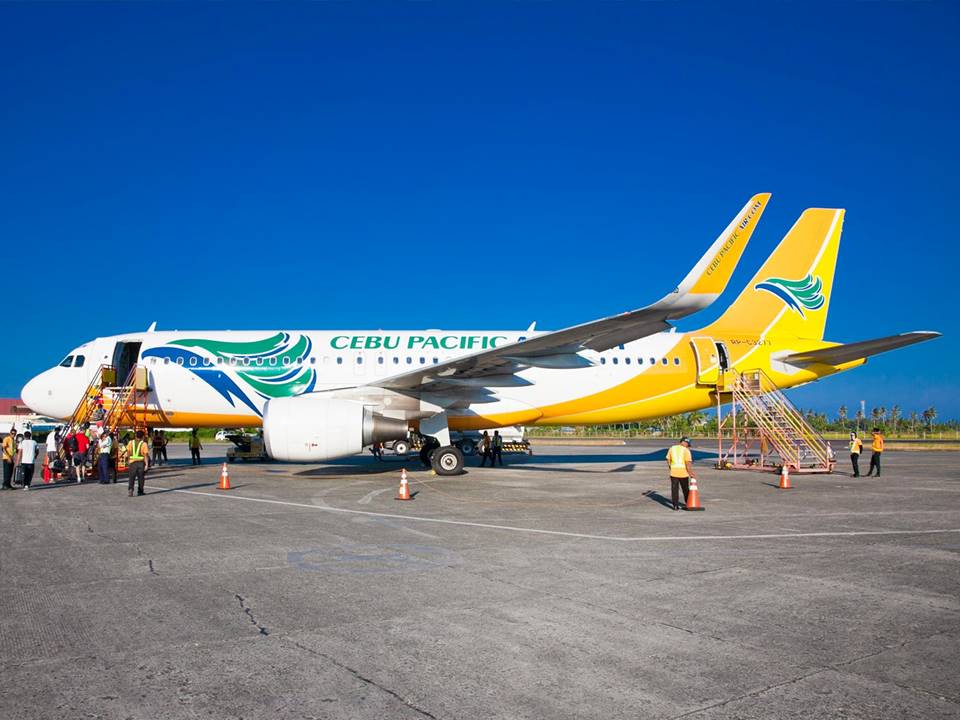
The best time to visit Davao during Kadayawan is August 31–September 2. If you’re planning to go during the 3-day festival, make sure you book your flight and hotel in advance as Davao will get very busy. Davao is hot and humid all year round, but May to September are the peak seasons. These months are the dry season, meaning you can expect clear skies and cooler temperatures.
The weather in Davao during this dry season is perfect for sightseeing. The average daily temperature is around 84 degrees Fahrenheit (29 degrees Celsius), but it can get quite humid. If you’re planning to visit the City during this time, pack plenty of sunscreen and water!
There are plenty of accommodation options in Davao during Kadayawan. The City has a wide selection of hotels and resorts, from low-cost hostels to upscale resorts. If you’re planning on staying for more than two days, you can rent an apartment or book an Airbnb instead of staying at a hotel.
Davao City Kadayawan Festival Best Places to Visit
Getting around to the best places in Davao is a must-do for any tourist. There is no better time to visit Davao than right now because of the Kadayawan Festival that is taking place there. If you want to enjoy the festival and make the most out of it, this is your time to get around in Davao during Kadayawan.
You can even go around the City on a tricycle for as little as P5 per person. A basic fare is typically P50; however, going farther than 4 hours can be less expensive than taking a cab. Just flag one down and point to the location on your map, even if the driver will need to comprehend you because of the language barrier. If you still need one, ask where they are available at your hotel or hostel.
The Philippine Eagle Center
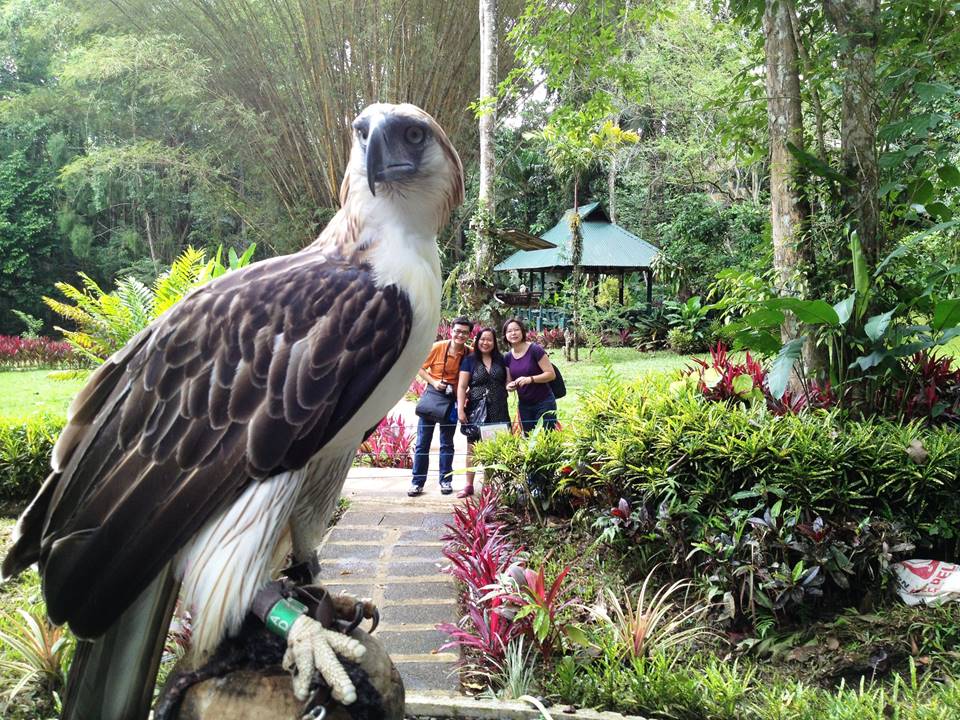
The sole community of Philippine eagles kept in captivity is at the eight-hectare Philippine Eagle Center. While most tourists cannot see the breeding facilities, the portion of the park is open to the general public. It offers an enthralling introduction to the unique bird biodiversity of the Philippines.
It’s best to visit the Philippine Eagle Center in December, which ends in May during the country’s dry season. Moreover, less possibility of rainfall will allow you to see the eagles and other raptors in flight more clearly during the “Raptors in Flight” show. However, if you cannot schedule a visit during the dry season, don’t worry, as the center is open to guests all year round.
Jack’s ridge: Must-See in Davao City Kadayawan Festival

Jack’s Ridge in Davao is a great place to go camping or picnic with your family. The views are incredible, and you can see the ocean up there! You can take the cable car up for about P60 per person, but if you want to save money, hike up instead.
It’s not too difficult and only takes about an hour or so, depending on how fast you walk. It is a great place to go if you want to chill away from the noisy City for a little while. Even though it’s only a 20-minute drive from the city center, when you arrive, it seems like another place. The park is large and has fantastic views of Davao City and Mount Apo in Mindanao.
There are also lots of trails around the park, so if you’re feeling adventurous, grab some hiking shoes and explore!
Davao Crocodile Farm
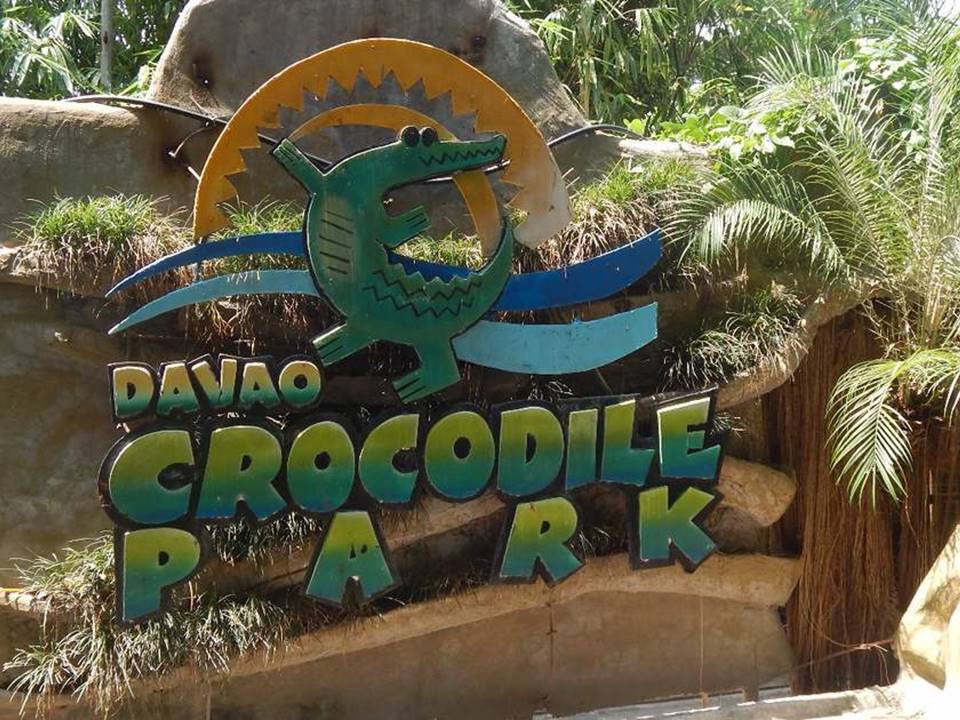
Almost all tourists visit the Davao Crocodile Park. It’s a great place to go for an afternoon, especially if you want to get away from the City for a bit. The park is large and has fantastic views of Davao City and Mount Apo in Mindanao.
There are also lots of trails around the park, so if you’re feeling adventurous, grab some hiking shoes and explore! It’s full of crocodiles and other reptiles, so it’s only for some. In addition, if you like animals, this is a must-visit during your stay in Davao City. You can also go on a tour through the zoo where they will show you some of their other animals and give you some information about them.
Malagos Garden Resort
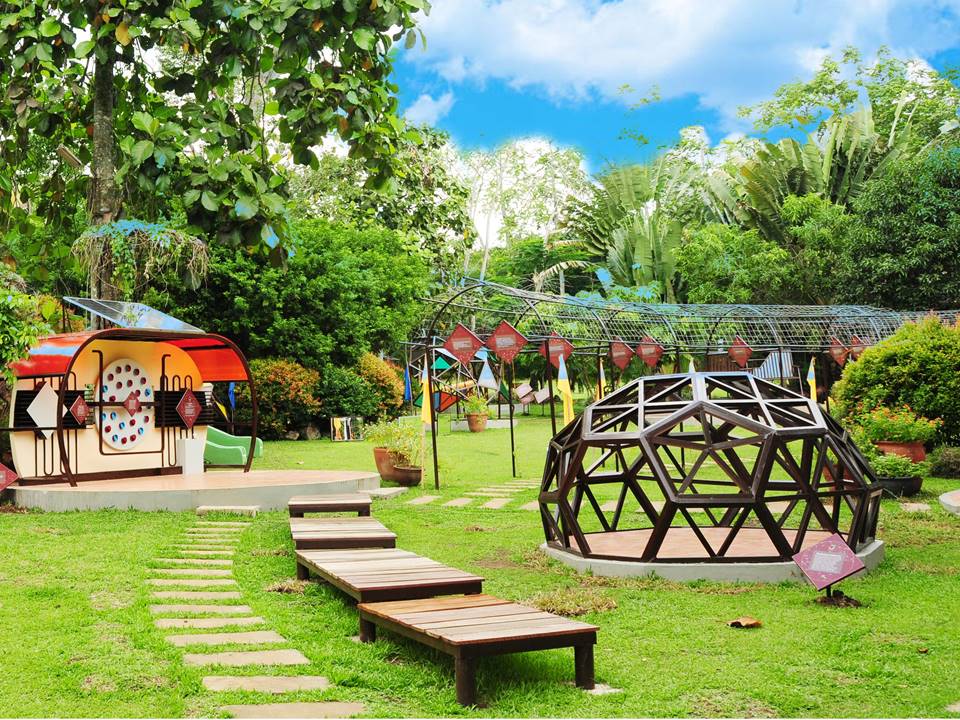
Malagaos Garden Resort is a 12-hectare Davao nature theme park, one of Davao’s most attractions. It is a one-stop location for tourists who wish to take in the scenery while also seeking solace in the region’s peace. In addition, you may interact directly with several bird species at the bird feeding dome by feeding them with two fingers.
When you take a Malagos Garden tour, you can pet animals in the petting zoo, learn about the behaviors of butterflies at the butterfly sanctuary, or engage in a fun outdoor activity for kids and teenagers. Malagos Garden Resort is a city institution for tourism due to its food and beverage options and its retreat with nature, conservation initiatives, and the Davao chocolate experience.

